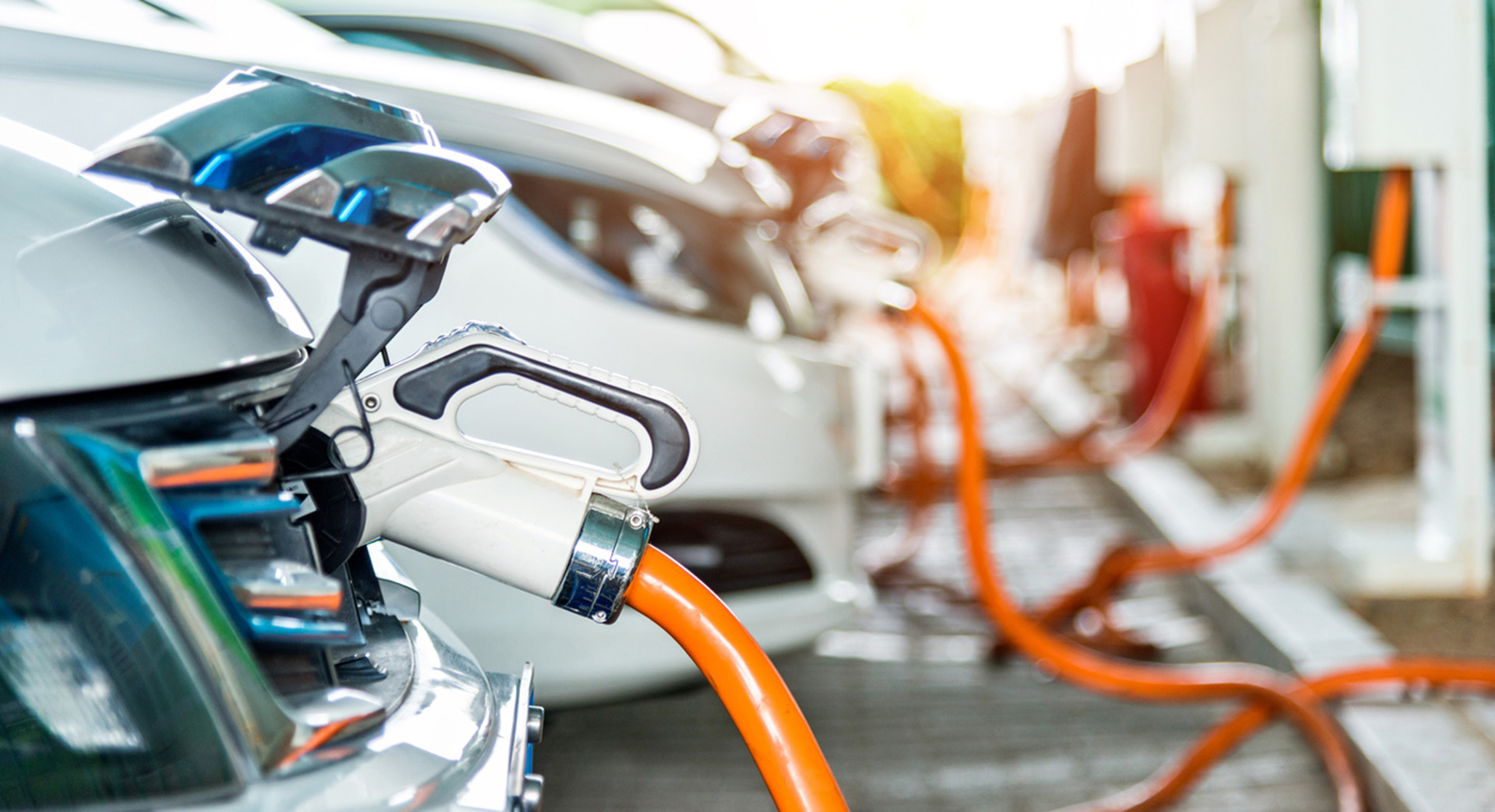In contrast with refuelling with fossil fuels, there are different ways of charging electric and electrified vehicle batteries, differentiated between them by the power transferred by the charging infrastructure, corresponding, in turn, to the stoppage times necessary to guarantee a certain amount of driving autonomy.
One the great advantages of the electric car is the possibility of low-power home charging, in the garage, in the driveway, in the company, with longer charging times and low rates, leading to cost savings. It’s even possible to talk of zero-cost charging if the building is fitted with photovoltaic panels or the operator wants to attract customers, such as in the case of free columns at Italian supermarkets. In all the above cases, we’re talking about something new, a novelty of the electric car compared to traditional fuel-powered vehicles, which all require stops in service stations, with relative possible loss of useful time, with uncertain waiting times and in no circumstances are the fuels free.
Let’s now take a look at a practical charging example.
How long does it take to arrive at a minimum of around 100 kilometres of autonomous driving?
- – Around 6 hours and 30 minutes with current technologies, at 2.3 kW, in a perfectly normal 10A home socket, used to charge a smartphone or connected to the home TV (the washing machine socket is 16A). In a domestic system, the battery charges with a quantity of energy such as to permit a vehicle to gain over 10 km of autonomy for every hour of charging. It’s possible to envisage obtaining, without problems, well over 100 km of autonomy overnight, when the charge rates are lower.
- – Around 4 hours, with a wallbox, a column, a fixed battery charger, installed in the garage or in the driveway, suited to charging at 16A.
- – 1 hour and 40 minutes to around 2 hours 30 minutes, maximum, if charging with an alternating current, AC, with up to 11 kW availability. The charging depends very much on the power of the charged battery installed on the car.
- – Around 1 hour, if using alternating current, AC, with up to 22 kW three-phase availability and battery charger installed on the car of the same power (only few cars have this type, at high power, with alternating current, the current tendency is to charge with continuous current, DC).
- – Around 5 – 9 minutes with a “FAST” column at 50 kW DC, rapid and high power, in a continuous current, to charge around 100 km of autonomy. More a less a coffee break. In Italy, many even faster columns of over 100 kW have already been installed.
- – 4 minutes or less, of charging for 100 km of autonomy if the latest “ULTRA-FAST” technology is available, at 350 kW (today the best electric cars charge at up to a maximum of 262 kW).
The actual driving autonomy of an electric car will depend to a large degree on the driving style, the speed, the external temperature, use of the air-conditioning system, but most of all on the efficiency of the electric vehicle being driven. We have considered an average value of around 15 kW/100 km (there are electric cars, already on the market, that have a consumption of around 7 kW/100 km).
